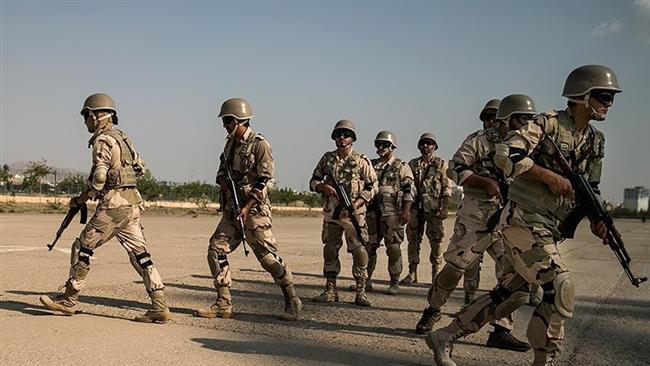Several commanders of the Islamic Revolution Guards Corps (IRGC) as well as government officials are observing the exercises.
The drills, code-named Tharallah, started at around 8:30 a.m. local time (0400 GMT) on Thursday at Velayat Park – formerly a large military garrison – in Tehran, and as many as 50,000 members of the Basiji volunteer force from 250 battalions have participated in them.
Thousands of Basiji members marched at the site, followed by ten gyroplanes, twenty paramotors and a motorized flying kite performing aerobatic demonstrations.
A Mil Mi-17 helicopter also conducted a number of airborne operations, namely parachuting, airdropping, rappelling as well as surveillance.
The Tharallah exercises, which are meant to enhance Iran’s deterrence power and improve its defense and security preparedness, will wrap up later on Thursday.
Iran has over the recent years conducted numerous military drills to enhance the defense capabilities of its armed forces and test modern military tactics and equipment.
The Islamic Republic has repeatedly underscored that its military might poses no threat to other countries, reiterating that its defense doctrine is based on deterrence.
On Tuesday, Iran unveiled two domestically-manufactured and state-of-the-art radar systems capable of detecting stealth targets at high altitudes.
The radar systems, dubbed Nazir and Bina, were unveiled on in a ceremony attended by Commander of Iran’s Khatam al-Anbiya Air Defense Base Brigadier General Farzad Esmaili.
Nazir is a long-range radar system that can detect and track hostile aerial targets within a radius of 800 kilometers at an estimated altitude of 100,000 feet, while Bina uses three-dimensional (3-D) technology to detect radar-evading targets. It can also be used to deter electronic warfare.
The two radar systems have been deployed in mountainous and plain areas in the southeastern parts of Iran.
